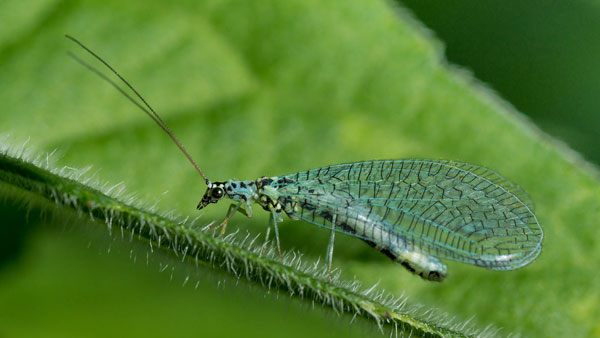Populations of insect pests, plant pathogens and weeds all have the ability to develop resistance quickly, even to different types of functionally similar chemistries. This phenomenon is called cross-resistance and is caused by multi-chemistry detoxification mechanisms present in many pest populations. As new classes of low-impact chemistries continue to be introduced to commercial growers and educators, the challenge of resistance management must be met proactively through thoughtful use of diverse product choices for season-long pest control programs.
Biopesticides have long been used in combination with synthetic chemistries to provide the basis for excellent control programs that effectively manage resistance. Biopesticides typically have modes of action that are unique from synthetic pesticides and do not rely on a single target site for efficacy. The naturally occurring soil bacterium Bacillus thuringiensis (Bt), for example, has multiple active components including a range of different toxins and germinating spores. Properly used, biocontrols have the potential to extend the effective field life of all products by curtailing the development of resistant pest populations.

